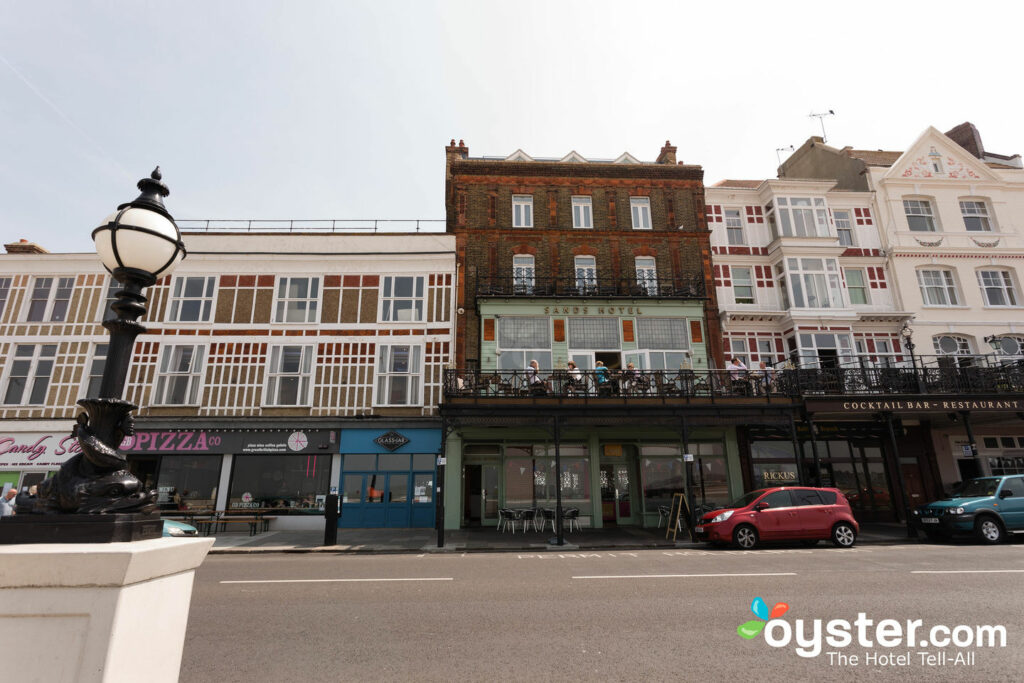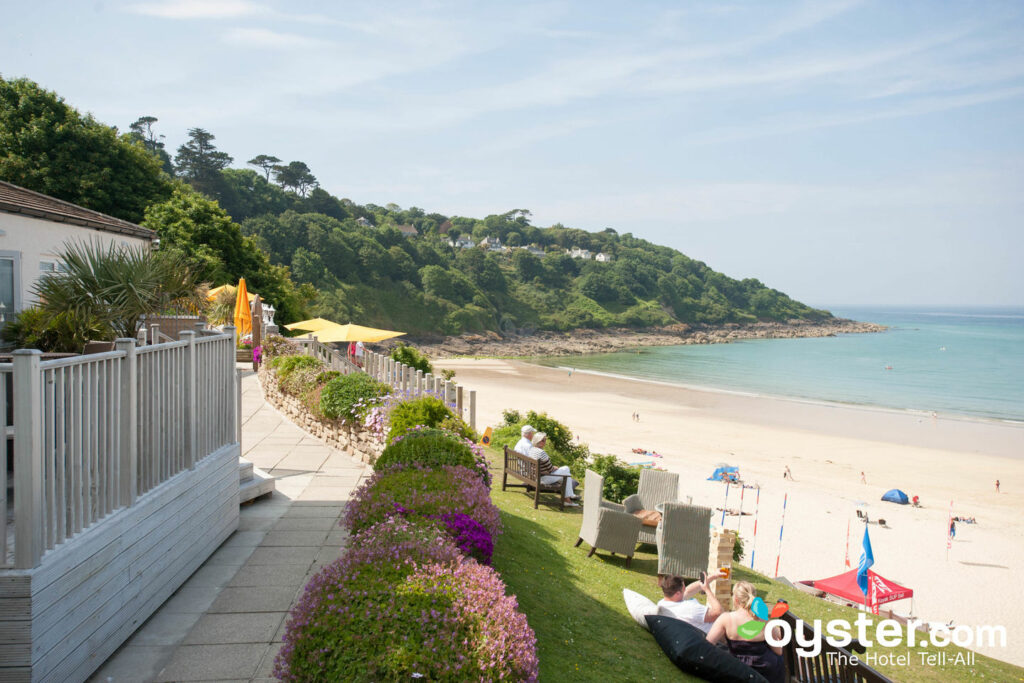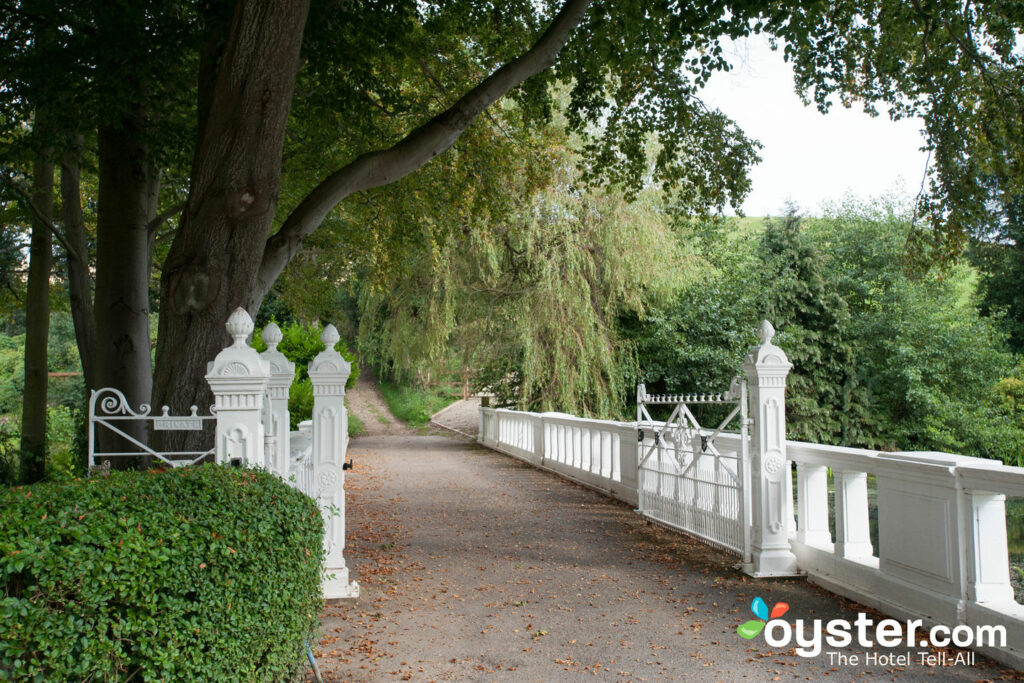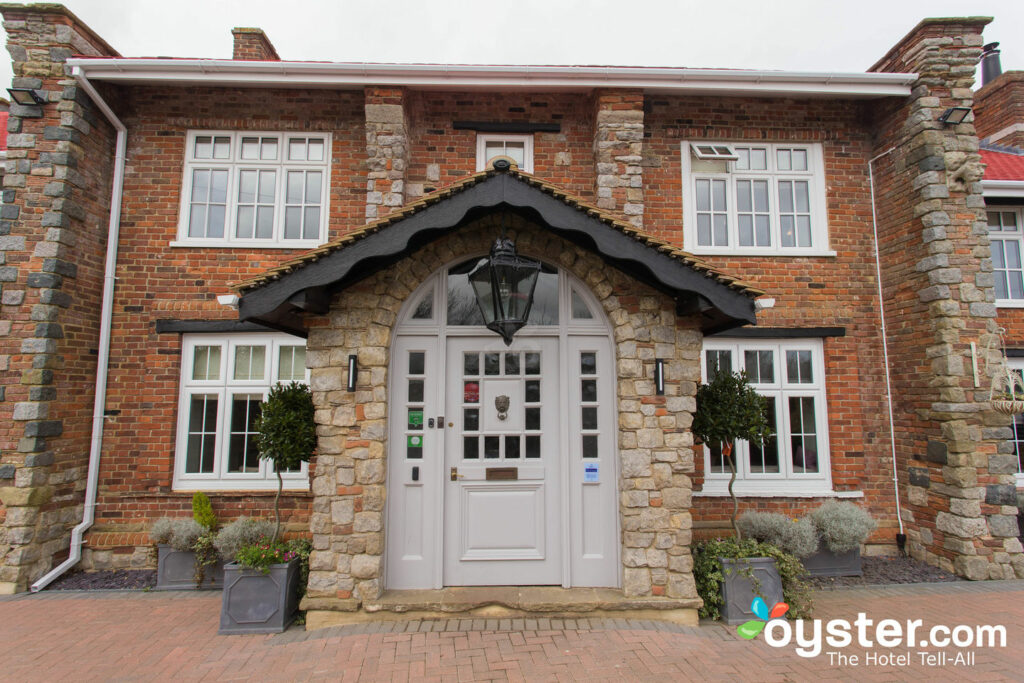When looking at a map, England might appear as a comparable land mass to its nearby neighbors France and Germany. In truth, though, it’s not that big. Upon arriving in the country, you will soon discover that most towns and cities are generally never more than a five- or six-hour train ride away from any point (within reason). That being said, exploring places that are further afield from main cities like London and Manchester is easy. From the beautiful and serene towns in Yorkshire to the beaches on the south coast, here are six underrated spots to visit in England.
1. Margate
Before affordable air travel offered a fast, direct route to Europe’s cities and resorts, British seaside towns were a popular choice for staycations. Arguably, the best of all these place was Margate, located in the south eastern England. Over the last fifty years, the resort town slowly fell out of favor, but a recent resurgence heralded a new dawn. Packed with retro seaside attractions, such as the revamped Dreamland theme park, Margate has been labeled Shoreditch-on-Sea, after the hip East London neighborhood. Make your way over here for a day trip or long weekend from London.
Home to the world-class Turner Contemporary gallery, there is an arty feel to Margate. While wandering the streets, you’ll see signs of decay, but you’ll also notice cool, new spots, including vintage stores like Breuer & Dawson, the antiques-filled RG Scott’s Furniture Mart, and the Margate Arts Club. If the juxtaposition of degeneration and blossoming regeneration doesn’t do it for you, head to the long stretch of sand along the beach, where the light shimmers on England’s famous white cliffs. Finally, don’t leave without seeing the famous Margate Shell Grotto, a mysterious cavern packed with thousands of seashells.
Where to Stay:
2. Leeds
Queens Arcade; Photo courtesy of Rob Ellis via Flickr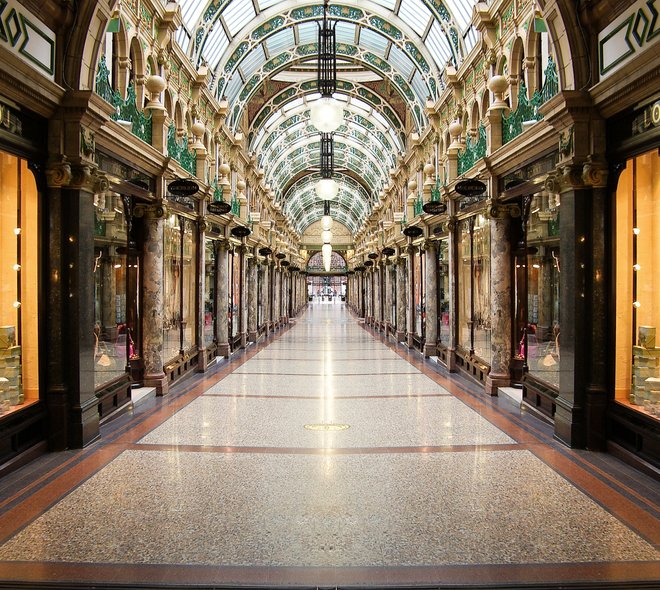
While Leeds is hardly an under-the-radar destination for the English, international visitors might be less clued in to the cultured, Yorkshire city. Located in the heart of God’s Own Country, the city is surrounded by the stunning natural landscape of Yorkshire Dales National Park. Big on history, Leeds has plenty of spots that are dedicated to preserving the past, from the Royal Armouries Museum to the evocative ruins of Kirkstall Abbey. Wandering the Victorian streets is the best way to see as much as you can of the small city. If the weather is bad (this is England, after all), the historic Queens and Thornton’s shopping arcades have you covered with their ornate, gilded Victorian design. In a place where even the shopping malls are a sight to behold, architecture is a major draw. Don’t miss Millennium Square and the Parkinson Building. Naturally, you should find time to drink a pint of Yorkshire Bitter in one of Leeds’ many historic pubs — we recommend Whitelock’s Ale House as a warm-up to the city’s buzzing, cultured nightlife.
Where to Stay:
3. St. Ives
Aside from the well-known riddle, “As I was going to St. Ives”, the Cornish town on the south western tip of England is most famous for its quaint good looks and picture-perfect postcard appeal. St. Ives possesses a slower pace than England’s big towns and cities, and its residents are noticeably relaxed (this might have something to do with the fact that Cornwall has one of the U.K.’s highest year-round average temperatures). So, while you can never guarantee sun in England, St. Ives might just be your best chance to find it. The narrow streets here contain charming Victorian cottages, plenty of medieval pubs, and all sorts of independent craft shops. St. Ives is an arty town, proven by exceptional galleries like the Tate St. Ives and the Barbara Hepworth Museum. Aim to spend most of your time outside, exploring the harbor and Lambeth Walk Beach at low tide, eating fresh fish at Porthmeor Beach Cafe while overlooking the sand, and slowly navigating the St. Ives coastal path to Zennor Head.
Where to Stay:
4. Whitby
Follow in the footsteps of literature’s most famous vampire and visit Whitby, the beautiful north England resort town that inspired elements of Bram Stoker’s “Dracula.” Packed with history, Whitby is an underrated retreat — a place with ancient abbey ruins, dramatic wind-lashed headlands, and an old working harbor. Embrace the Dracula theme with a Whitby Walks Dracula tour. If you’re not into vampires, stay in town and visit the Whitby Museum, eat fish and chips with mushy peas at the legendary Magpie Cafe, or play at the seaside arcades. Beyond the town itself, the one glaring reason to visit Whitby is that it’s encompassed within the Yorkshire Dales National Park, a vast expanse of rolling hills, tiny stone-built villages, and waterfalls. From late July to early November, you can even leave the harbor with Whitby Whale Watching and track the area’s minke and humpback whales.
Where to Stay:
5. Whitstable
Not to be confused with Whitby in the north, Whitstable is a charming town on the southern part of the English coast. Less a two-hour train ride from London, the small town lures plenty of city dwellers with its glorious coastline, authentic fish and chips, and famous Whitstable oysters. The narrow streets are lined with old buildings that shelter traditional tea shops, designer homeware stores, and other quirky independent joints. Any visit should include a meal at The Whitstable Oyster Company, which overlooks the beach, plus a cycle ride along the ancient Crab and Winkle Way (bikes can be rented at Whitstable Cycle Hire). Visitors can also walk and swim on the shingle beach. Here, you’ll find the ocean on one side and an array of bright beach huts lining the other.
Where to Stay:
6. Sheffield
If you want to get a glimpse of the industrial north of England while soaking up some culture and style, Sheffield is the city. Visitors to the city will be charmed by the warm welcome that’s typically afforded to guests, the miles of surrounding green hills that join onto the Peak District National Park, and the array of museums. From the modern art Millennium Gallery to the celebration of the Industrial Revolution at the Kelham Island Museum, there’s a slice of culture to suit all tastes. Another thing Sheffield has a lot of is gardens: the Sheffield Botanical Gardens, the Sheffield Winter Garden, and the Peace Gardens all offer a respite from the buzz of the city. Sheffield also has a musical history that rivals London, Manchester, and Liverpool. (Bands like the Arctic Monkeys and Pulp were formed here.) Plus, as a city with two universities, nightlife is focused on live music at clubs like The Leadmill.
Where to Stay:
You’ll Also like:
- 10 Delightful Towns in England to Visit
- 5 Reasons England Is a Perfect Escape for Literature Lovers
- SO Downton Abbey: Gorgeous English Manors and Estates
All products are independently selected by our writers and editors. If you buy something through our links, Oyster may earn an affiliate commission.
